#arctiinae moth
Explore tagged Tumblr posts
Note
Would you mind doing the Dasysphinx volatilis?
Moth Of The Day #278
Dasysphinx volatilis
From the arctiinae family. They can be found in Costa Rica.


Image sources: [1] [2]
#moth#moths#lepidopterology#lepidoptera#nature#pretty moth#bugs#insect#moth of the day#motd#lepidoptery#entomology#bugblr#invertebrates#insects#bug#beautiful moth#dasysphinx volatilis#arctiinae moth#arctiinae
404 notes
·
View notes
Photo



Lichen moth, Barsine rubricostata, Erebidae
Photographed in Malaysia by dhfischer
#animals#curators on tumblr#insects#bugs#moth#lichen moth#tiger moth#erebidae#arctiinae#one nice bug
6K notes
·
View notes
Text
Moths in Disguise: these are all just harmless moths that have developed the ability to mimic wasps, bees, and/or hornets
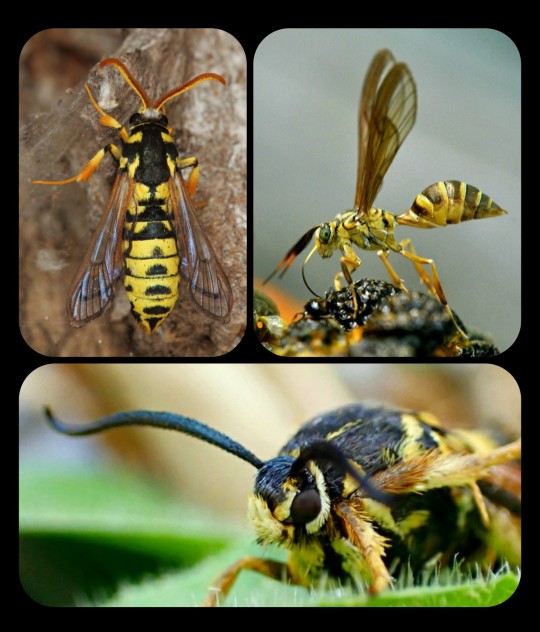
Top Row (left to right): Eusphecia pimplaeformis and Myrmecopsis polistes; Bottom Row: Pennisetia marginatum
Moths are exceptionally skilled when it comes to mimicry, and there are hundreds of moth species that rely on that tactic as a way to protect themselves from predators. Their disguises are numerous and varied, but hymenopteran mimicry is particularly common, especially among the moths that belong to subfamily Sesiidae and family Arctiinae.

Yellowjacket-Mimicking Moths: Pseudosphex sp. (top and bottom left) and Myrmecopsis polistes (bottom right)
Some of their disguises involve more than just a physical resemblance -- there are some moths that also engage in behavioral and/or acoustic mimicry, meaning that they can imitate the specific sounds and behaviors of their hymenopteran models. In some cases, these moths are so convincing that they can even fool the actual wasps/bees that they are mimicking.
Such a detailed and intricate disguise is unusual even among mimics, and researchers believe that it developed partly as a way to trick the wasps into treating the mimic like one of their own. Wasps tend to prey upon moths (and many other insects), but they are innately non-aggressive toward their own nest-mates, which are identified by sight -- so if the moth can convincingly impersonate its model, then it can avoid being eaten by predatory wasps.
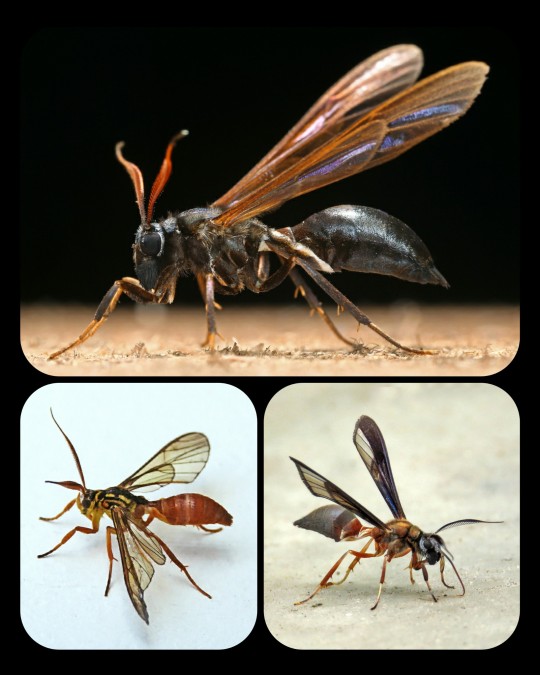
Wasp-Mimicking Moths: Pseudosphex ichneumonea (top), Myrmecopsis sp. (bottom left), and Pseudosphex sp. (bottom right)
There are many moths that can also mimic hornets, bumblebees, and carpenter bees.
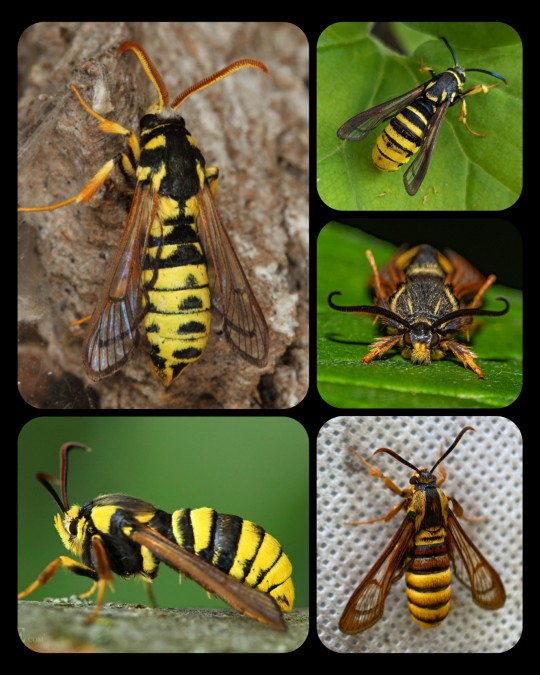
Hornet-Mimicking Moths: Eusphecia pimplaeformis (top left), Sesia apiformis (bottom left), Paranthrene simulans (top right), Pennisetia marginatum (middle right), and Sphecodoptera scribai (bottom left)

Bumblebee-Mimicking Moths: Hemaris tityus (top and bottom left) and Hemaris affinis (bottom right)
Moths are some of the most talented mimics in the natural world, as illustrated by their mastery of hymenopteran mimicry. But it's not just bees, hornets, and wasps -- there are many other forms of mimicry that can be found among moths, and the resemblance is often staggering.
Moths deserve far more credit than they receive, to be honest, because they are so incredibly interesting/diverse.
Sources & More Info:
Journal of Ecology and Evolution: A Hypothesis to Explain the Accuracy of Wasp Resemblances
Frontiers in Zoology: Southeast Asian clearwing moths buzz like their model bees
Royal Society Publishing: Moving like a model: mimicry of hymenopteran flight trajectories by clearwing moths of Southeast Asian rainforests
#lepidoptera#moths#Sesiidae#entomology#insects#animals#cool bugs#mimicry#nature#evolution#Arctiinae#bees#hymenoptera#hymenopteran mimic#wasp#bumblebee#acoustic mimicry#evolutionary arms race#I spend way too much time#reading about moths
808 notes
·
View notes
Note
has the nine spotted moth been done yet?
Not yet! Beautiful moth species.


#european bugs#nine-spotted moth#yellow belted burnet#insecta#insect#insects#lepidoptera#erebidae#arctiinae#tiger moth#moth#moths#animal polls#poll blog#my polls#animals#polls#tumblr polls#bugs#bug
54 notes
·
View notes
Text

Symphlebia
207 notes
·
View notes
Text


Lydia Lichen Moth
Asura lydia
24/03/23 - NSW, Dapto
#invertebrates#invertblr#Arthropods#Arthropoda#bugs tw#insects#insect#insecta#insectblr#insects tw#bugs#bugblr#bug#entomology#Lydia Lichen Moth#Asura lydia#Lithosiini#Lichen Moths#Arctiinae#Noctuoidea#lepidoptera#lepidopterology
154 notes
·
View notes
Text
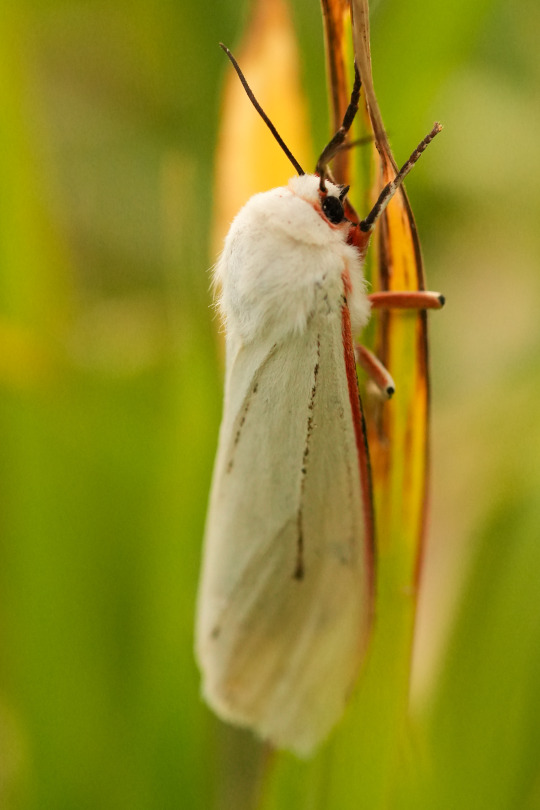
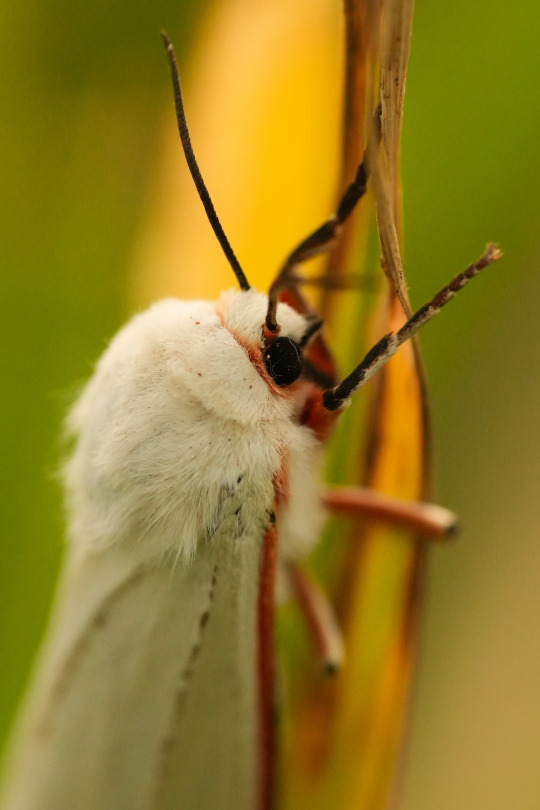
Donovan's Tiger Moth (Aloa marginata).
#ljsbugblog#bugblr#entomology#macro#insects#lepidoptera#moths#erebidae#arctiinae#tiger moths#aloa#aloa marginata#donovan's tiger moth
92 notes
·
View notes
Text


Bug of the Day
Big, beefy caterpillar boi on my porch screen earlier this week. Haploa sp.
55 notes
·
View notes
Text

Clouded Buff, Diacrisia sannio Canon 400D EF 100 2.8 f/2.9 1/80 iso: 200 Srbsko, Czech Republic 5/25/2012
#mothsMatter#moths#Erebidae#Lepidoptera#Arctiinae#insects#invertebrates#macro#grasslands#insectphotography#macrophotography#insect#canon#savebutterflies
19 notes
·
View notes
Text

Entomological phone cases by John Horstman (itchydogimages, SINOBUG) for iPhone & Samsung models with slim, tough, and soft case options on REDBUBBLE…
Footman Moth (Ammatho cuneonotatus, Lithosiini, Arctiinae, Erebidae) Pu'er, Yunnan, China
Full store:
#itchydogimages#sinobug#insect#entomology#photography#nature#macro#china#yunnan#moth#Lepidoptera#Lithosiini#Arctiinae#Erebidae#red#redbubble#redbubble artist#redbubbleshop#merch
18 notes
·
View notes
Text
Happy Valentine's Day

Clown Face Tiger Moth (Idalus sp.), family Erebidae, found in Mexico, Central and South America
photograph by @junglediamonds
#clown face tiger moth#idalus herois#family erebidae#superfamily noctuoidea#subfamily arctiinae#range: Americas
2K notes
·
View notes
Note
could you do the regal tiger moth (chrysocale regalis)?
Moth Of The Day #220
Chrysocale regalis
From the arctiinae family. They can be found in Ecuador and Bolivia.

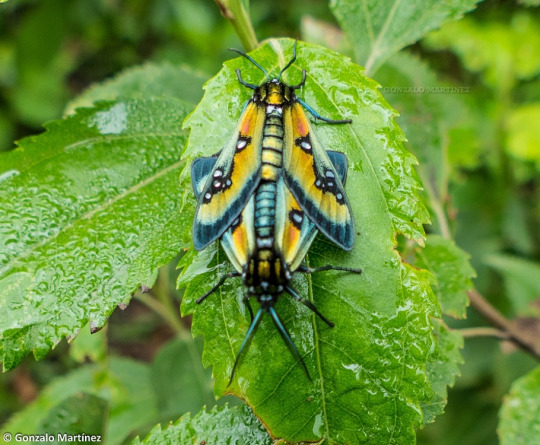
Image sources: [1] [2]
#moth#moths#lepidopterology#lepidoptera#nature#pretty moth#insect#bugs#moth of the day#motd#lepidoptery#entomology#bugblr#bug#insects#invertebrates#colorful moth#chrysocale regalis#arctiinae moth#arctiinae
414 notes
·
View notes
Text
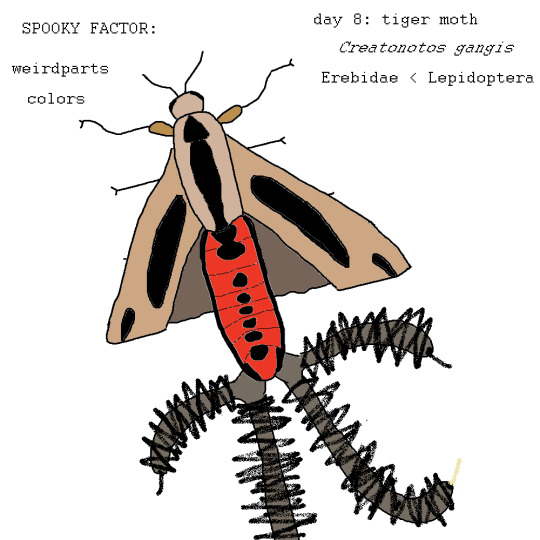
#creatonotos gangis#creatonotos#tiger moth#erebidae#lepidoptera#moth#arctiinae#pheromone glands#october#mspaint
1 note
·
View note
Text
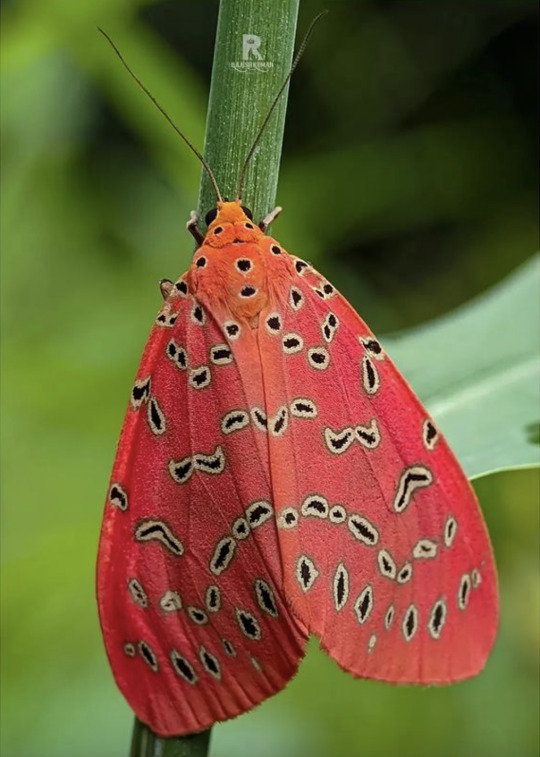
Crotolaria Podborer
#crotolaria podborer#moth#Mangina argus#Insecta#Lepidoptera#Noctuoidea#Erebidae#Arctiinae#Mangina#upl
94 notes
·
View notes
Photo

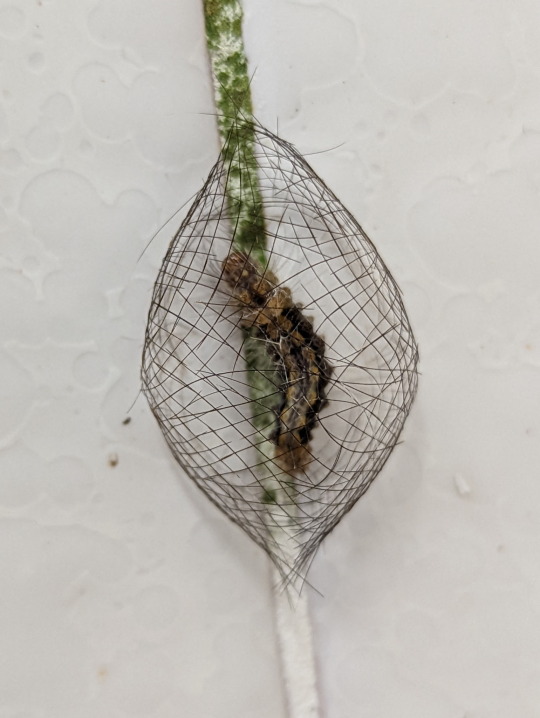
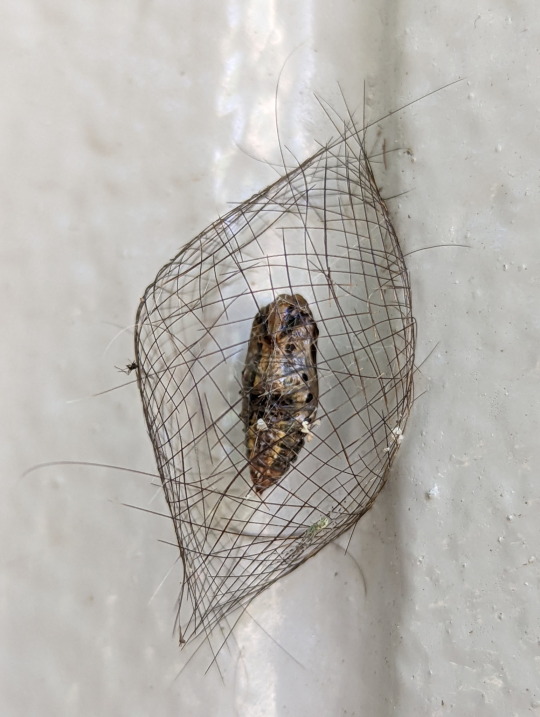
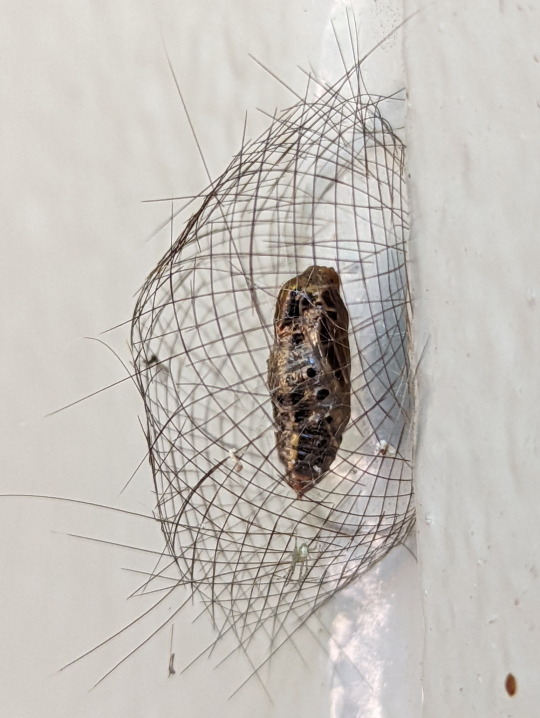
Cocoon Creation of Cyana Moths
This lichen-feeding genus of moths have a very strange looking cocoon.
The cocoon is made with the larva’s setae (hair-like structures), with the pupa being suspended in the centre of the cocoon with silk.
These cocoons can be found across Southeast Asia (Hawes 2016), however they can also be found in parts of Australia, with Cyana meyricki being a common species here.
Cyana meyricki
Source and further reading
06/07/22
#Cyana meyricki#Cyana#Lithosiini#Lichen Moths#Arctiinae#Noctuoidea#Lepidoptera#larvae#larva#larval stage#caterpillar#caterpillars#Lepidopterology#pupa#pupae#cocoon#bugs#bugblr#bugs tw#bug#insectblr#insects#insect#insecta#insects tw#entomology#Arthropods#Arthropoda#invertebrates#invertblr
401 notes
·
View notes
Text


No common name (Amata nigriceps).
#ljsbugblog#bugblr#entomology#insects#lepidoptera#moths#arctiinae#tiger moths#syntomini#handmaiden moths#Amata#Amata nigriceps#macro
61 notes
·
View notes